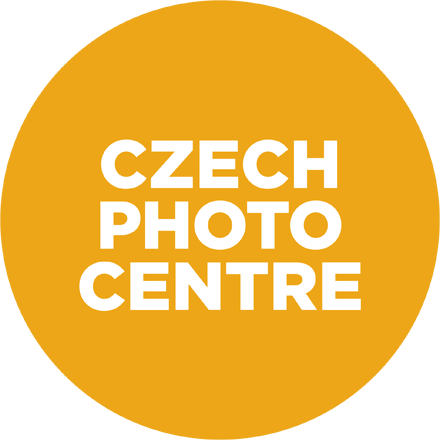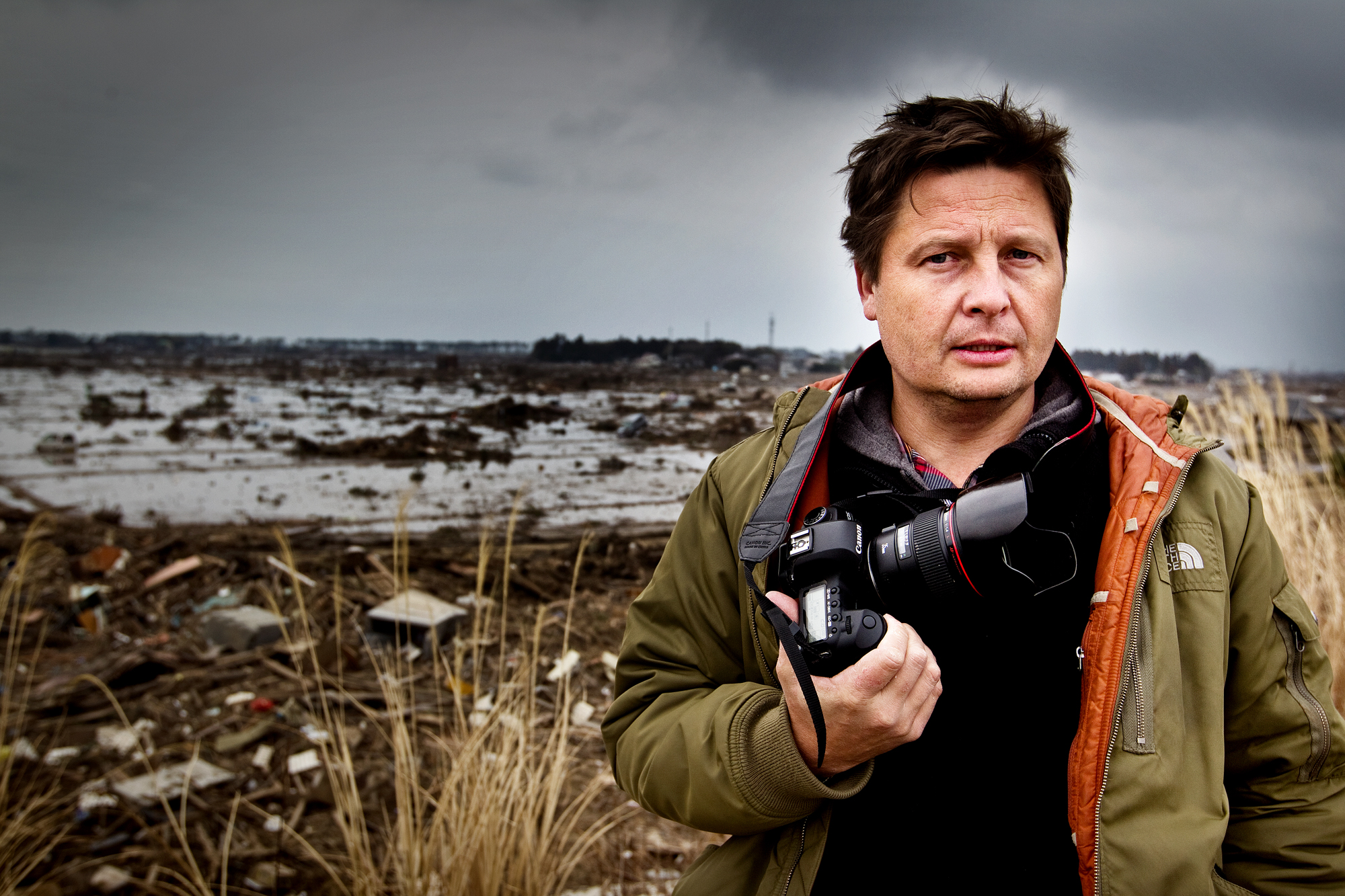




“Old Town Square was covered in white crosses. This had been organised by Million Moments for Democracy in order to draw attention to the shocking number of victims of the Chinese Covid-19 virus.

Photo: David Neff / Seznam Zprávy
The square had been transformed into what was now a mystical space. For this reason, the original plan to wash away the crosses in the early evening was changed. The decision was made to leave the crosses marked in chalk to the elements. The white crosses were both artistic and emotive in effect. Many photographers “moved” to the square for the week, taking photographs of the mourners each day. Within a very short time, the originally symbolic crosses took on greater meaning when people began spontaneously writing the names of their departed loved ones next to the crosses. The crosses were no longer abstract symbols, with each one representing a specific person who had died. In this way, the entire square became transformed into an entirely spontaneous and movingly beautiful place of reverence. The loved ones and friends of the deceased lit candles, laid flowers and sat down on the ground to remember. It was almost chilling to see names written on the ground with a death date of the previous day, and often even the same day.
The entire space had an incredible power and atmosphere through its dignity and its peaceful and informal nature. I think it touched everybody, even those just passing by, making them think. Occasionally a few small-minded individuals turned up who rudely called for the mess to be cleaned up since it was all fake and they were all just actors.
I only went to take photos of the mourners twice; I didn’t enjoy getting in the way of people, and it gave me mixed feelings. But I know that if you manage to take a powerful photograph that makes others take notice and makes them think, then it’s worth that personal moment of awkwardness. Everybody reacts differently; some make it clear they don’t want to be disturbed, others don’t take any notice of me, and some are actually pleased that somebody is interested in their story.
Some people asked me to take a photograph to remember the moment, and they made it clear to me that they are pleased that journalists are drawing attention to the severity of the whole pandemic, when so many were downplaying it. Considering the huge response, I trust that this photograph has had an impact.”
THIS SPACE HAS AN INCREDIBLE POWER; IT IS A SPONTANEOUS, DIGNIFIED, UNFORCED AND INFORMAL MEMORIAL TO ALL THOSE WHO WERE WITH US, BUT WHO HAVE DEPARTED US FOREVER BECAUSE OF THIS INSIDIOUS DISEASE.

David Neff was born in Prague in 1970. He has taken photographs since childhood. His father Ondřej Neff was his inspiration and first teacher.
He studied applied photography at secondary graphics school. He focuses on studio photography, and photojournalism in particular. He is an admirer of Helmut Newton, James Nachtwey and Alex Webb. He has always considered live photography the most important and also most difficult field of photography. He began collaboration with the MF DNES newsroom shortly after the revolution and became a permanent photographer for them in 1991. From the outset he focused on war photography. He has worked in conflicts in the former Yugoslavia, in the Soviet Union and in recent years in Iraq and Afghanistan. Some of his favourite, and quieter, jobs involve street photography, such as in Cuba. He also of course takes photos of run-of-the-mill domestic events for MF DNES’s needs.
He has received many awards in the Czech Press Photo contest, including the main Photograph of the Year prize.